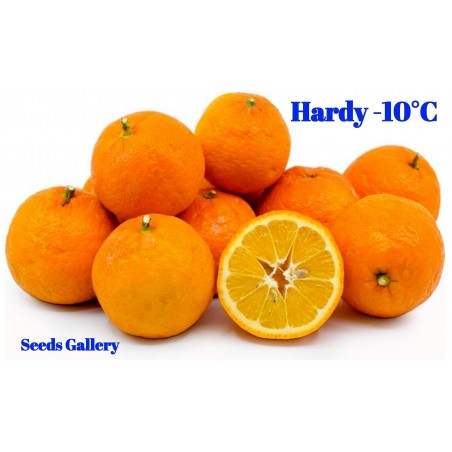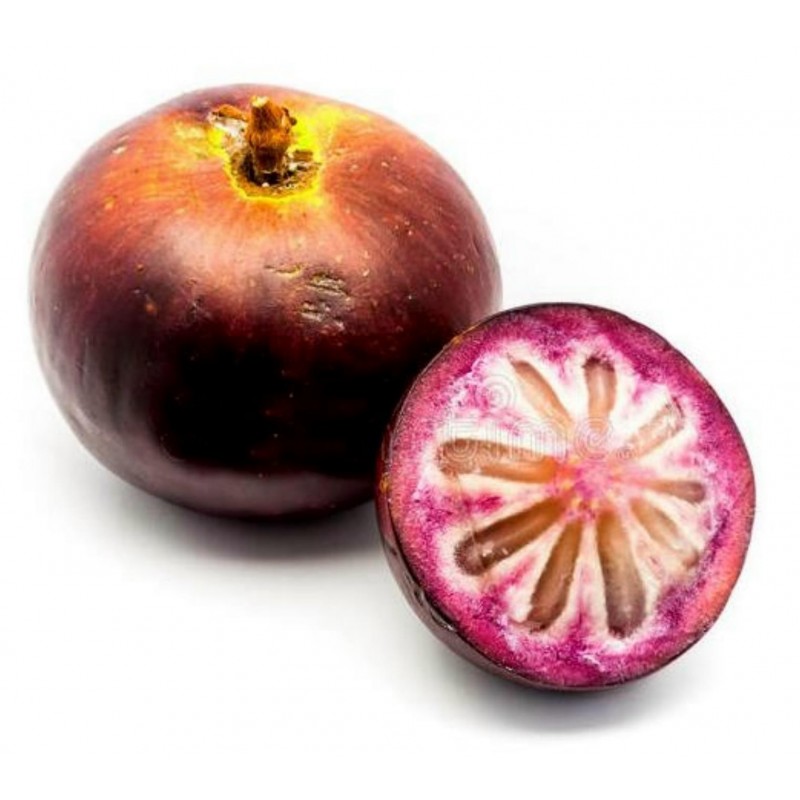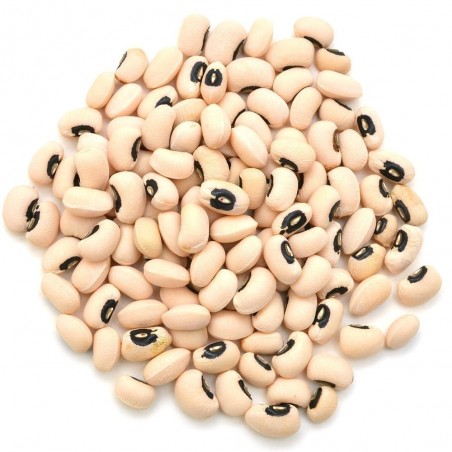
Star Apple Seeds (Chrysophyllum cainito)
Star Apple Seeds (Chrysophyllum cainito)
Price for Package of 1 seeds.
Round, baseball sized fruit that when cut has a core that takes on a star shape. Pulp is soft and sweet. The star apple usually comes in two forms, either the dark purple skinned variety with red-purple pulp, or the green skinned variety with clear-white pulp. The star apple is a very popular fruit in many tropical parts
Star Apple Seeds (Chrysophyllum cainito)
Price for Package of 1 seeds.
Round, baseball sized fruit that when cut has a core that takes on a star shape. Pulp is soft and sweet. The star apple usually comes in two forms, either the dark purple skinned variety with red-purple pulp, or the green skinned variety with clear-white pulp. The star apple is a very popular fruit in many tropical parts of the world.
Description
A medium to large sized tree from 25-80ft high. Leaves are very pretty, with a glossy green surface, and a shimmering gold velvety underside.
Hardiness
Star apples are tropical, and will not survive more than a couple of degrees of frost.
Growing Environment
Young trees are highly susceptible to any kind of frost or cold wind. Trees need balanced watering throughout the year.
Propagation
Either by seeds, which take 5-6 years to bear, or by grafting and budding, with trees coming to bear in 2-4 years.
Uses
Star apples are eaten fresh. The pulp is usually spooned out as to avoid the bitter tasting rind. The fresh fruit is also often added to salads, drinks, and other dishes.
Native Range
Native to tropical America, from the Caribbean through Central America. Is now grown commercially in Central and South America as well as tropical Asia and Africa. Occasionally grown commercially in parts of south Florida.
Your review appreciation cannot be sent
Report comment
Report sent
Your report cannot be sent
Write your review
Review sent
Your review cannot be sent
🌍 Worldwide Shipping from the EU
We ship worldwide from the European Union using registered air post with signature confirmation on delivery.
📦 Tracking Your Order
Log in to your account and go to Order History > Details to find your tracking number.
You will receive email notifications at every step — please check your spam/junk folder if you don’t see them.
Track your package via:
⚠️ Important Notices
Cash on delivery is not available.
Always provide a valid mobile number with country code when ordering (e.g., +365 456 7686 576).
Do not order to P.O. Boxes or if you cannot be home to sign for the package. We cannot leave parcels with neighbors.
If a package sent to a P.O. Box is lost or undelivered, you lose the right to a refund.
📦 Lost, Returned & Reshipping Packages
For customers in Brazil and Mexico:
We cannot refund packages lost or destroyed by customs.
If your package is returned, we will refund only the product cost — shipping costs are not refundable.
You must pay return postage (€2) and any costs for reshipping.
If a package is returned to us for any reason, you are responsible for paying the return shipping (€2) plus the cost to resend the package.
🚚 Shipment Delivery
Registered shipments require a signature from the recipient.
If your tracking shows the package is still at the origin post office, it means the package is in transit — please contact your local post office directly for updates.
We are not responsible for delivery times and cannot track shipments for you.
📅 Delivery Options & Estimated Times
Delivery Option Processing Time Notes Priority Delivery Ships in 1-7 business days Prioritizes order processing (not guaranteed faster delivery); delays possible during holidays (3-10 days) Secured Delivery Ships in 1-7 business days Available for orders up to €150; refund if lost Standard Delivery Ships in 7-10 business days More economical; delays possible during holidays (7-14 days) Estimated Delivery Time:
Within the EU: 3–20 days
Worldwide: 5–30 days
Example delivery times to the USA:
Delivered in 13, 17, 19, 22, or 27 days.Note: Delivery times depend on your location and the local postal system. COVID-19 may cause additional delays.
💰 Shipping Costs
Shipping and handling fees are calculated automatically during checkout based on the weight of the parcel and the destination country.
⏰ Order Processing Hours
We do not process or ship orders on Saturdays or Sundays.
💳 Payment Options
Bank Transfer (SEPA / IBAN / SWIFT-BIC)
Include your order reference in the payment description (e.g., "SGS-19811702"). Orders without payment within 7 days are automatically cancelled.PayPal
Payments accepted in Euros only. Please select Euros at checkout.Card Payment
For card payments, visit our other site: Exotic Seeds Store
We accept Visa, MasterCard, American Express, CB, Diners Club, Discover, China UnionPay, JCB, and Discover.
⚠️ Transaction Fees
Customers are responsible for any transaction fees. Please provide payment details to help us process your order efficiently.
📢 Final Notes
Before placing your order, please check our website for any special notices, holiday schedules, or specific conditions that may affect your purchase.
Related Products

























